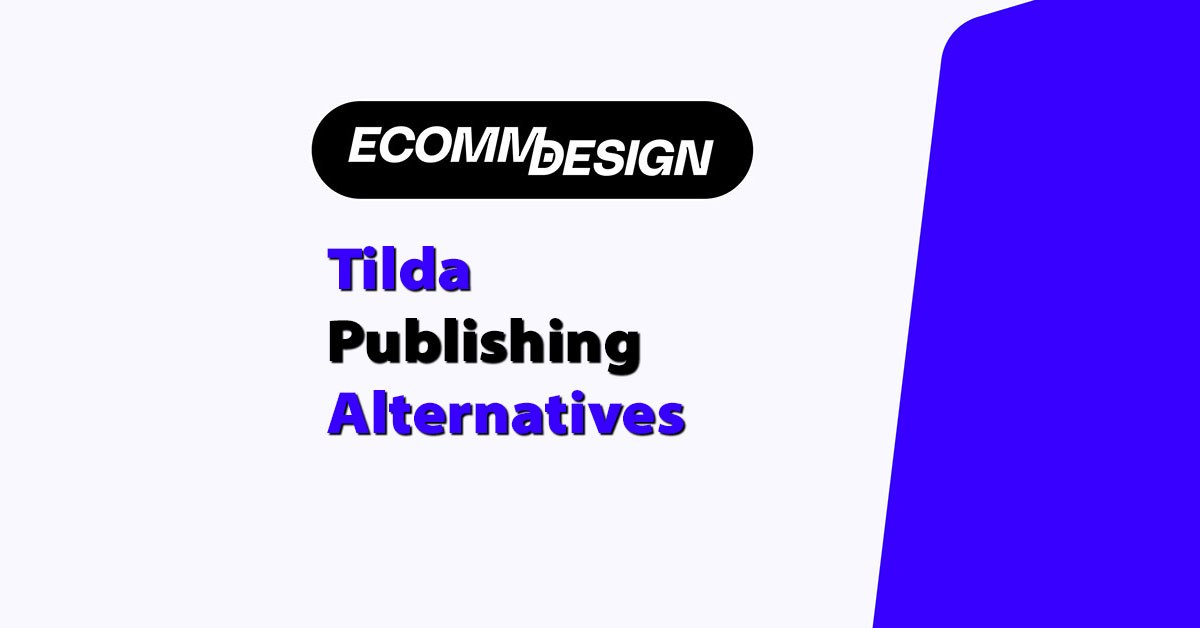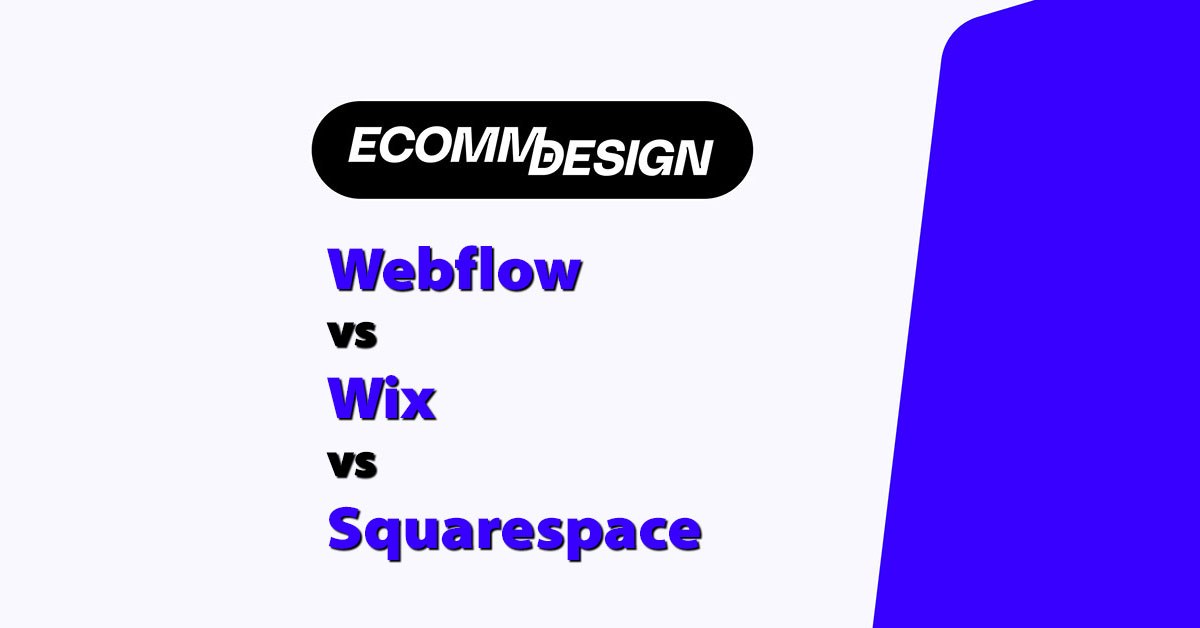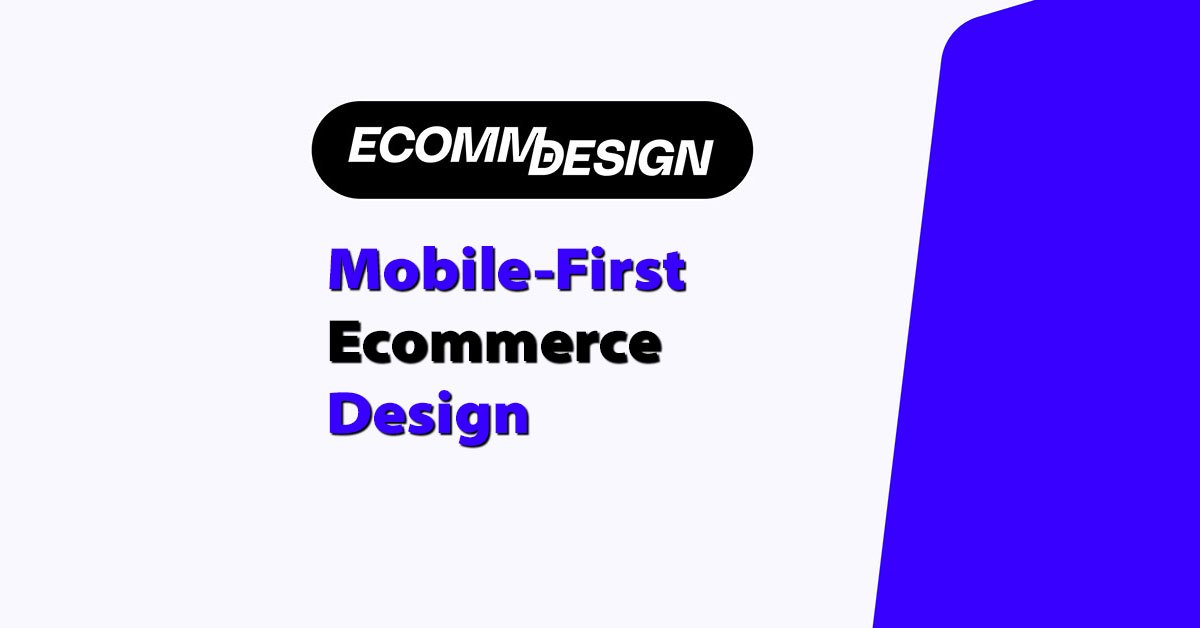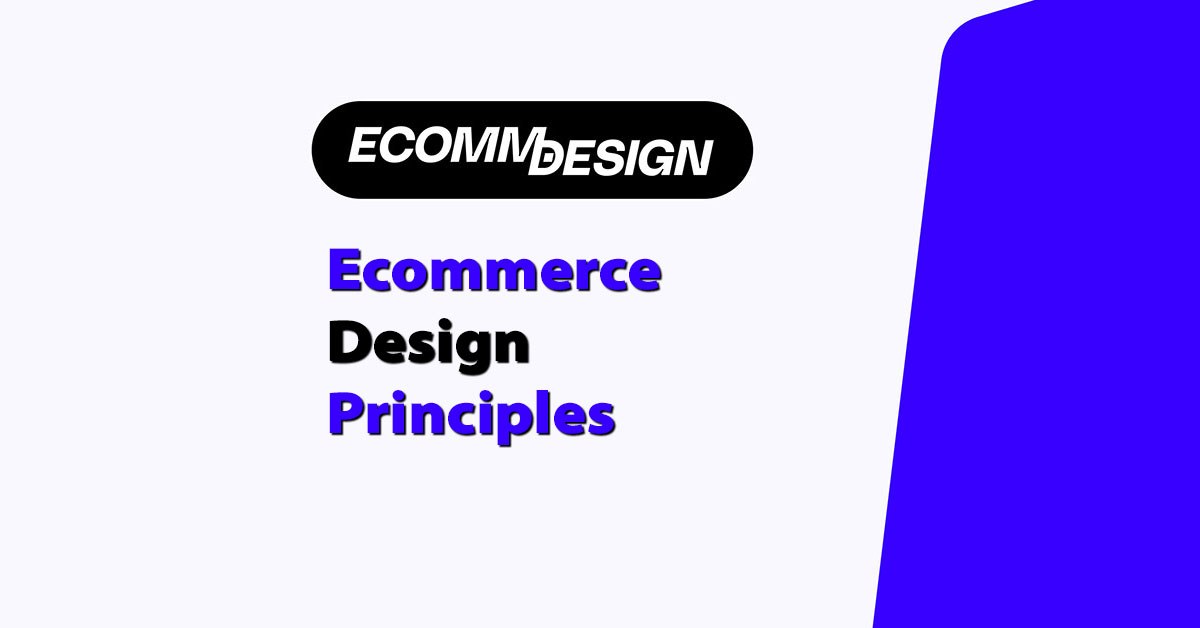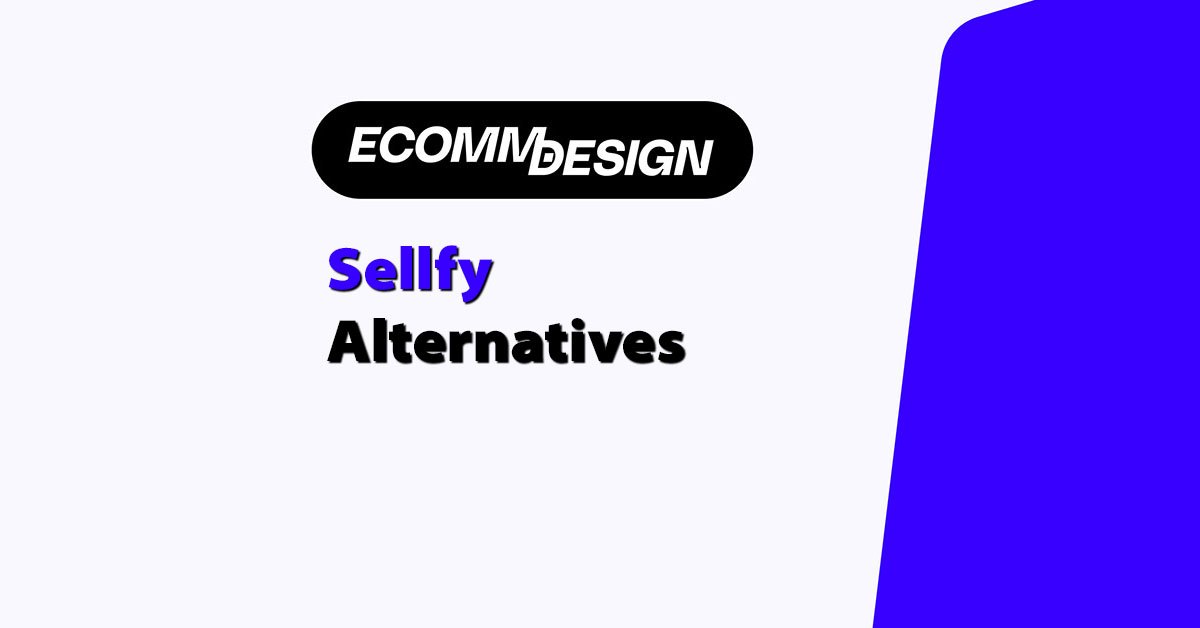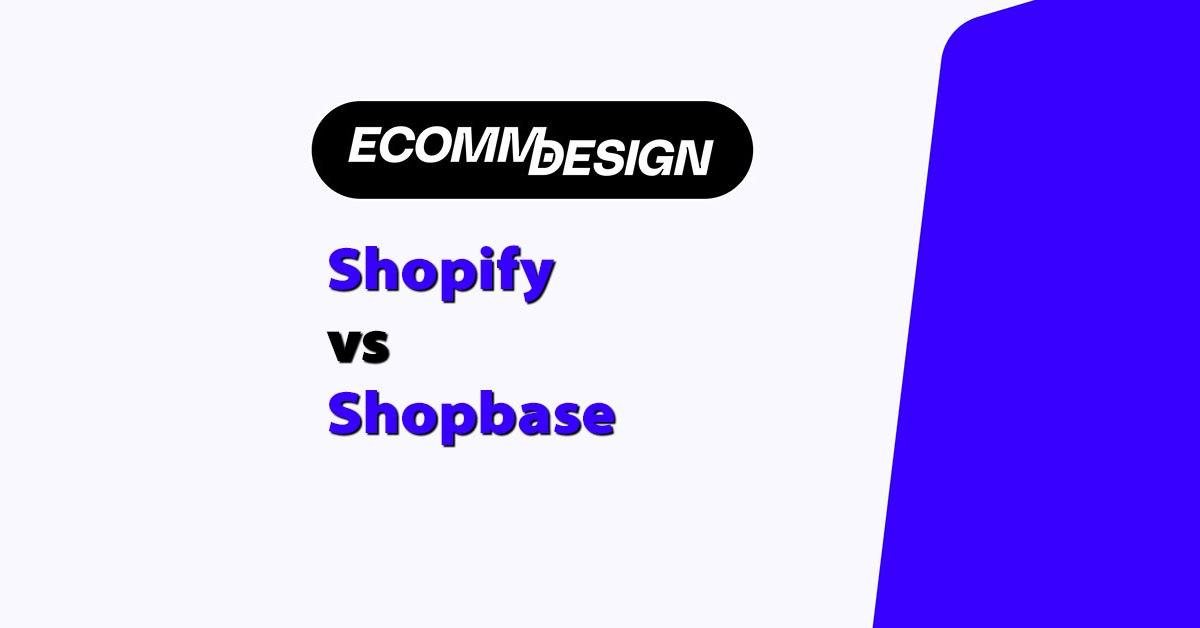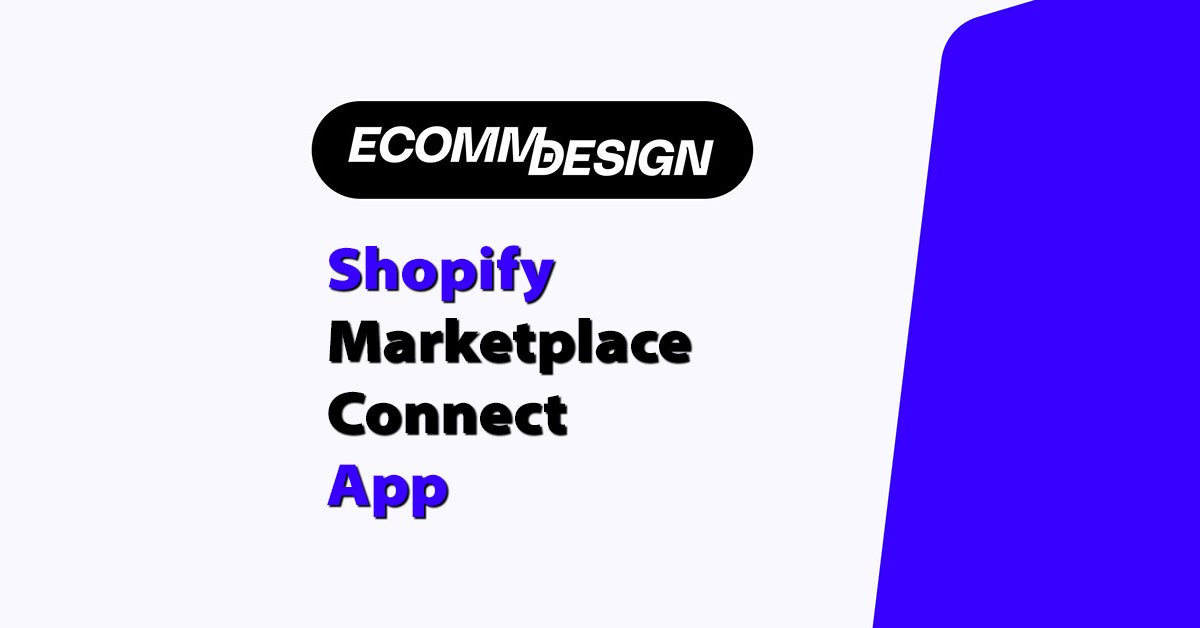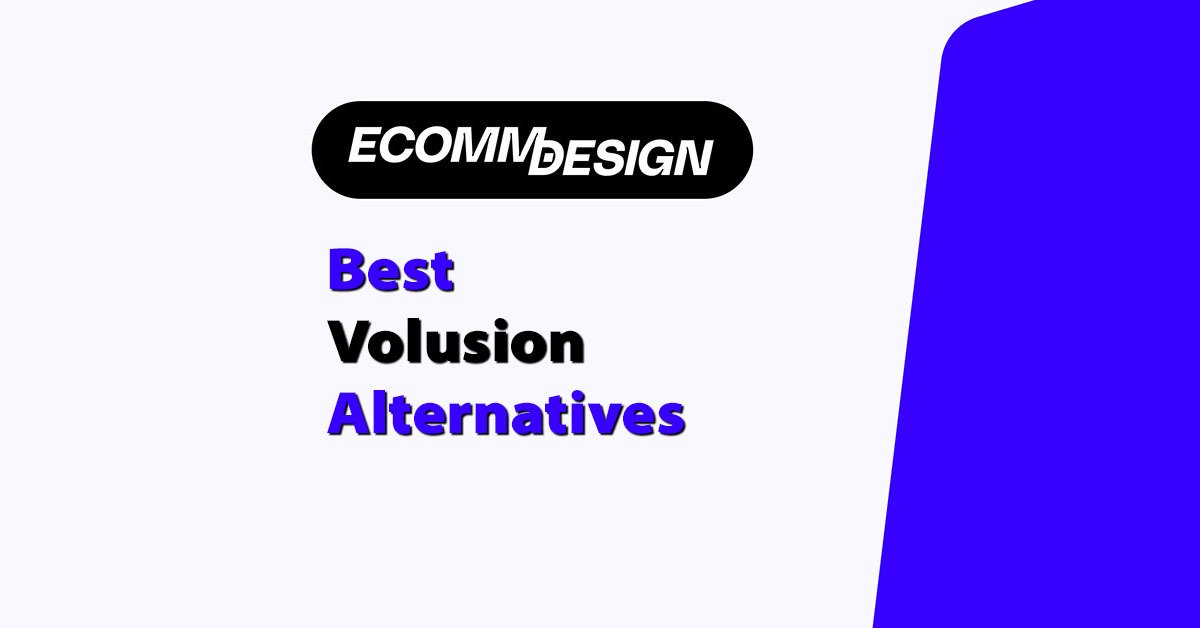
Quick answer:
If you’re looking to move on from Volusion, the best alternatives are Shopify for all-round ease, BigCommerce for scaling, WooCommerce if you want control, and Wix or Squarespace if design is your priority.
Volusion just doesn’t cut it anymore — whether you’re dealing with outdated UX, weak SEO tools, or lack of flexibility, there are better options now.
I’ve run stores on almost every major platform, and I’ve helped migrate dozens of clients off Volusion.
This list comes from experience, not theory.
Let’s get into what actually works — and which platforms to avoid.
